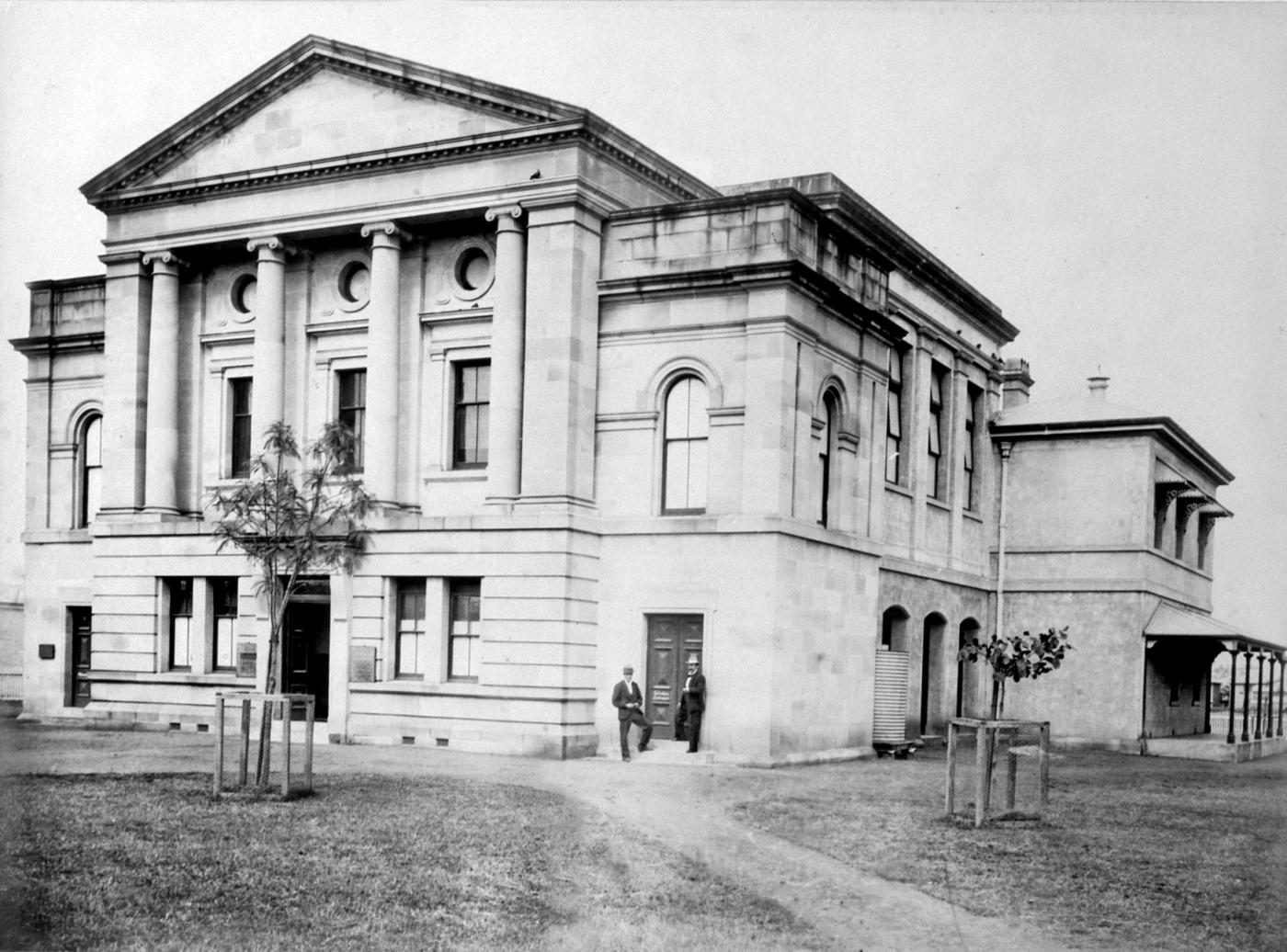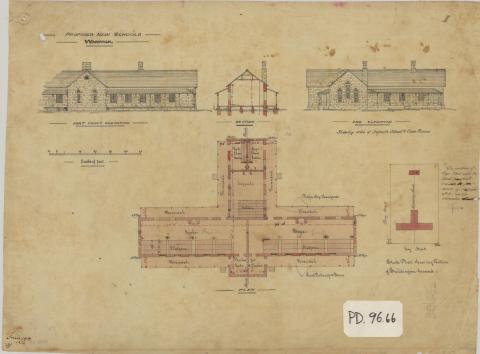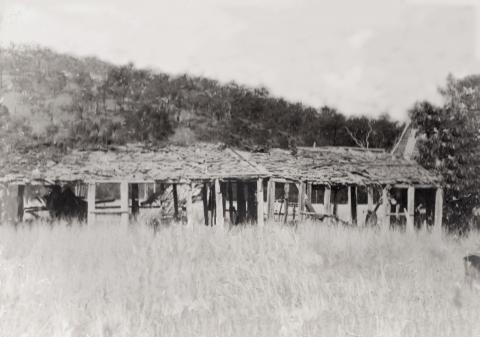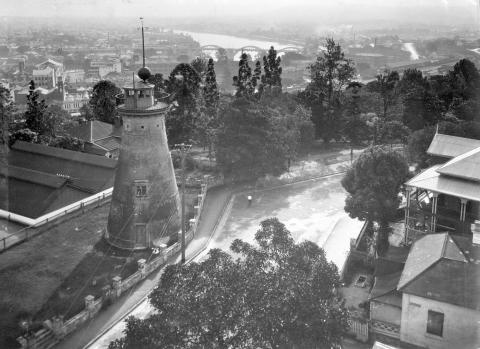
- News of the day
-
Queensland Times, Ipswich Herald and General Advertiser, Thursday 25 April 1895, page 3
Rockhampton Supreme Court.
Aboriginal charged with murder. The case abandoned.
The Supreme Court opened this morning. Wallinjera, an aboriginal belonging to the Uranna tribe, near the South Australian border, was charged with having, on the 2nd September, 1894, at Walaya, murdered Walter Byron. Mr. Nathan Power said the accused did not understand
English, and tendered a blackfellow named Archie as interpreter. Archie, in reply to the Judge said he had known the accused eight years, and understood his language, and could interpret his language into English, and vice versa. The accused was then arraigned, and after a great deal of trouble pleased, "Me no kill him."
The Judge now examined the interpreter as to the conversation he had had with accused, and the replies were so unsatisfactory that the Judge said it was certain that Archie did not understand English well enough to interpret properly to the prisoner. Mr. Power said the police had done everything in their power, and Archie was the best interpreter procurable. He applied for a remand until the nett sitting of the court. The Judge said he could only grant an adjournment on Mr. Power making an affidavit that he had hope in the meantime of getting a better interpreter. 'Mr. Power said he could not make such an affidavit, as he had no hope of securing a better interpreter. The police had done all it was possible to do. The Judge said the only course open then was to discharge the accused. Mr. Power entered a nolle prosequi, and accused was then discharged.
William John Dee was then charged with shooting at William Millroy at Clermont on the 24th December last with intent to murder or do grievous bodily harm. Asked how he pleaded, Dee said, "Your Honour and gentlemen of the jury - " Judge: "Are you guilty or not guilty?" Accused: "Conscientiously not guilty; at the same time, your Honour- " Judge: "That is all for the present. "
The jury were then impannelled. Mr. Power, in opening the case, said the evidence showed no reason or motive for the crime, and it appeared as if the man were insane at the time. As a matter of fact, inquiries showed that accused was once in Woogaroo, and he was still subject to delusions. The Judge then took evidence on the point as to accused's sanity at the present moment, the principal witness being Dr. Voss; and the jury after fifteen minutes consideration, found him insane. The Judge then directed the accused to be kept in strict custody in Rockhampton Goal in the same manner as a prisoner undergoing sentence until dealt with as provided for by the Insanity Act of 1884. Richard Spencer, the last prisoner on the calendar was charged with wounding with intent to murder a boy named Richard Hall at North Rockhampton on 24th October last, and further with unlawfully and maliciously wounding with intent to do grievous bodily harm. He pleaded not guilty. After hearing the evidence the jury returned a verdict of “Not guilty" The court then rose.
The Judge and party leave for the South by the mail steamer this evening.
Mr. Power, instructed by Mr. A. I. Cooling, appeared in all the cases on behalf of the Crown.
- Background
-
The Rockhampton Court and Administrative Complex comprises the Supreme Court building (Block D 1886-87), Magistrate's Court building (Block B, former Police Court building 1934-36), District Court building (Block C, former State Government Savings Bank and Commonwealth Bank, 1915-16 and 1932-33), Family Services' building (Block F, former Labour Bureau 1934-36), and the Bolsover Street Government Office building (Block E 1950-55), which all form part of a significant group of buildings on the Government Reserve bounded by Fitzroy, East and Bolsover Streets, Rockhampton. The buildings all reflect the involvement of the Queensland Government in the development of the City of Rockhampton from the colonial period until the present day, in various areas such as the administration of justice, and the provision of government services within Rockhampton.
Rockhampton became a circuit town for the Supreme Court in 1863. In 1859 residents had petitioned for the provision of a Court House in the new town. A site for a Court House had been reserved fronting onto Quay Street in 1859-60. However community agitation was responsible for the establishment of a more central reserve for a Court House and lock up on five acres of land bounded by Bolsover, East and Fitzroy Streets. It was on this central reserve that the Court Houses of Rockhampton were to be built.
Courtesy of the Queensland Heritage Register
/150.512556,-23.3771228,7/450x450@2x.png?access_token=pk.eyJ1IjoicXNhLWRpc2NvLXFsZCIsImEiOiJjamJmdTgyZXEyeWNjMnlxZm8xcmtieHgxIn0.lmT9J5tTPKGuuccQgCVSAg)



